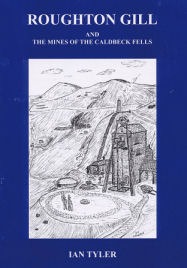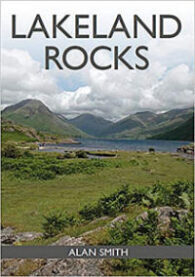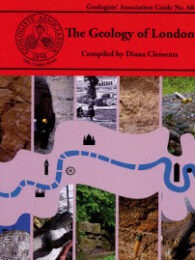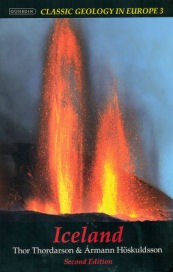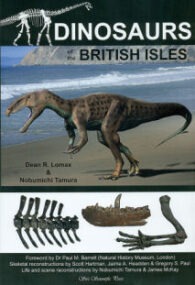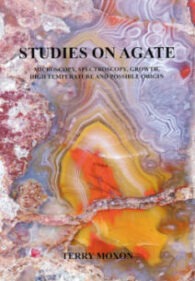Over a period of 20 years, Ian Tyler has written a series of books on the metalliferous mining industry of the English Lake District and this has clearly been a significant labour of love for him. Unfortunately, Roughton Gill and the Mines of the Caldbeck Fells is his last – the result of the sad loss of his wife and collaborator in this project. However, he has now created an extraordinary record of the geological economic activity in this part of the world.
